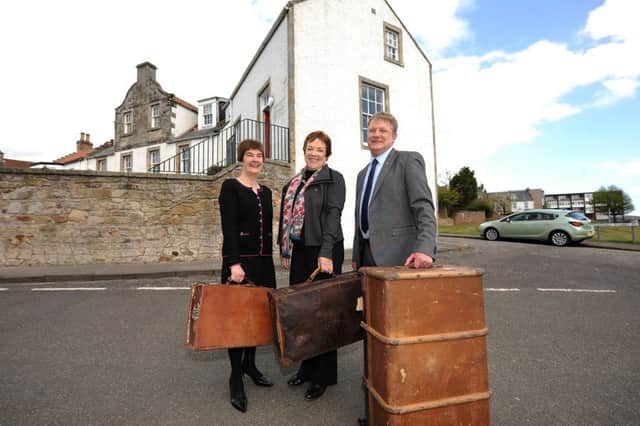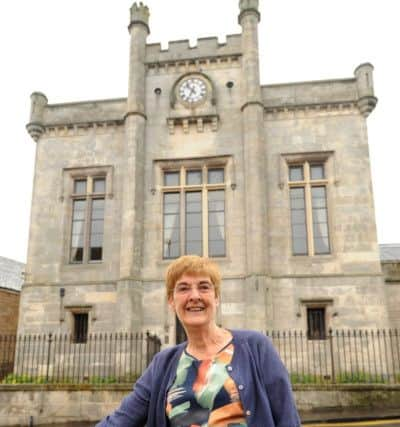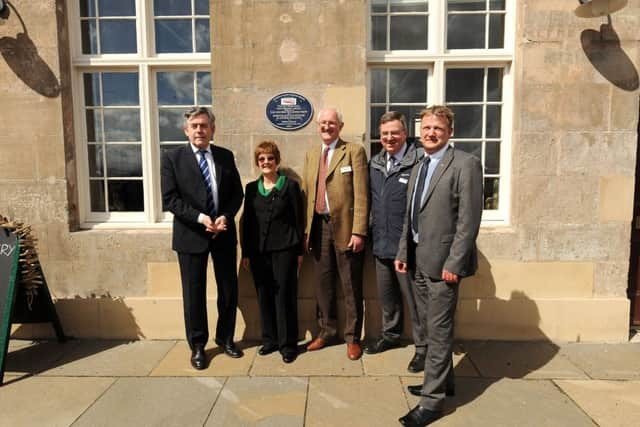Breathing new life into Fife's communities


And for the past 20 years it has done just that, helping to preserve and revive historical landmarks, in many cases bringing them back into constructive public use.
And it’s not just buildings the Trust has dealt with.
In many cases it is whole areas of towns and villages which have been improved through major projects including regeneration schemes to preserve them for future generations.
Advertisement
Hide AdAdvertisement
Hide Ad

Fife Historic Buildings Trust has been responsible, in partnership with Fife Council, for the successful project management of a range of Townscape Heritage Initiative (THI) and Conservation Areas Regeneration Scheme (CARs) projects.
The first was the West Wemyss Townscape Heritage Initiative (1999-2004) in which it facilitated the restoration of eight derelict listed buildings to create 13 affordable houses for sale. It also created a community room, together with extensive landscaping in the centre of the village and improvements to other public spaces.
Kinghorn and Burntisland THI (2005-2010) comprised a small grants scheme for buildings repair and improvement involving 10 properties; a significant public realm improvement covering the whole of Burntisland High Street; training and education on traditional masonry repairs; a community arts project and delivery of building repair projects at Kinghorn Town Hall and Station House, Burntisland.
And the Dysart combined THI and CARS initiatives (2008-2014), activities included the restoration of St Serf’s Tower and the repair and conversion to affordable housing of the Barony Church.
Advertisement
Hide AdAdvertisement
Hide Ad

New affordable housing was developed by Fife Housing Association on gap sites, public realm improvement works were undertaken in the High Street, there was an educational initiative involving the primary school and a major repair and conversion project took place at John McDouall Stuart View.
Christine May, chairman of the trust, said: “FHBT is more than just a restorer of old buildings.
“In fact, we never embark on a project without a reasonably clear idea of how the final building will be used.
“We are very conscious that it is largely public money that is going into the projects, and so having a good after use is vital.
Advertisement
Hide AdAdvertisement
Hide Ad

“We think that £33m investment in Fife’s heritage, townscapes and conservation areas is quite an achievement.
“From the relatively small beginnings, led by our first manager Alan Lodge, to the current five-strong team, the trust has grown to be a powerful force in the protection and restoration of Fife’s heritage and the wider regeneration, health and wellbeing of the region.
“We believe in both making heritage live and keeping heritage alive.”
The trust projects bring much wider benefits to local communities than just the restoration of heritage properties.
Advertisement
Hide AdAdvertisement
Hide Ad

Its work has encompassed intangible benefits such as working with voluntary groups (such as in Dysart and Ladybank) so that they can be confident in completing funding applications, drawing up business plans, identifying future uses and managing the venues once work is completed.
It has supported economic development at the business units created in Burntisland, improved the visual attractiveness of town centres and employed local firms wherever possible to carry out the work.
Through supporting skills training and development, particularly in traditional construction methods and heritage building restoration, it ensures a pool of qualified workers for the future.
Tourism is supported through the holiday lets it has created in Kinghorn, Dysart and in Cupar once the project there is complete, and it is helping to improve the face of Fife through its work such as the Harbourmaster’s House in Dysart, Murray Library in Anstruther and Adam Smith Close in Kirkcaldy, ensuring that there is a range of attractive venues for visitors to enjoy.
Advertisement
Hide AdAdvertisement
Hide AdProjects such as the one at Silverburn led by FEAT which works with people with mental health problems have helped improve people’s health and wellbeing and walkers of the Fife Coastal Path are attracted to explore more of Fife.
All of the benefits meet the ambitions of the Scottish Government and Fife Council to improve the Fife economy, tourism, business opportunities, health, wellbeing, education, access to sport and the outdoors and cultural opportunities.